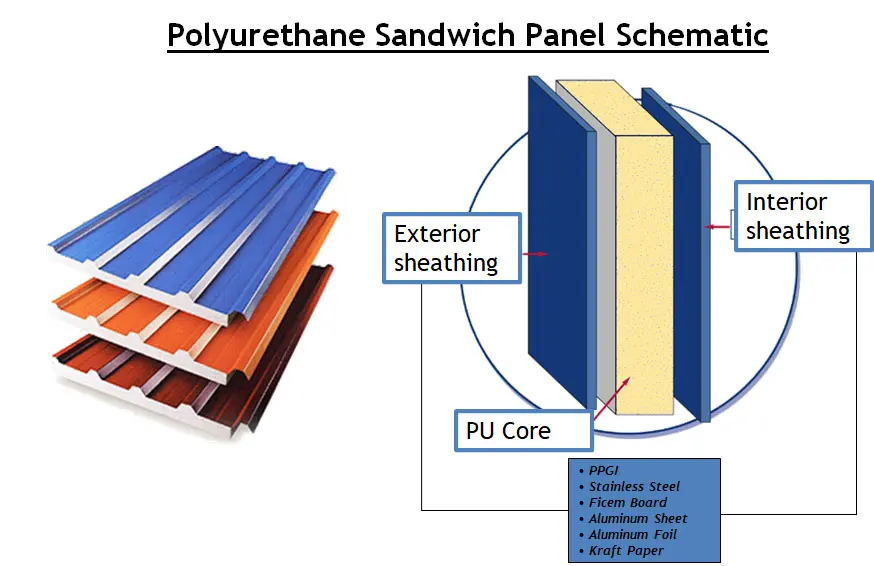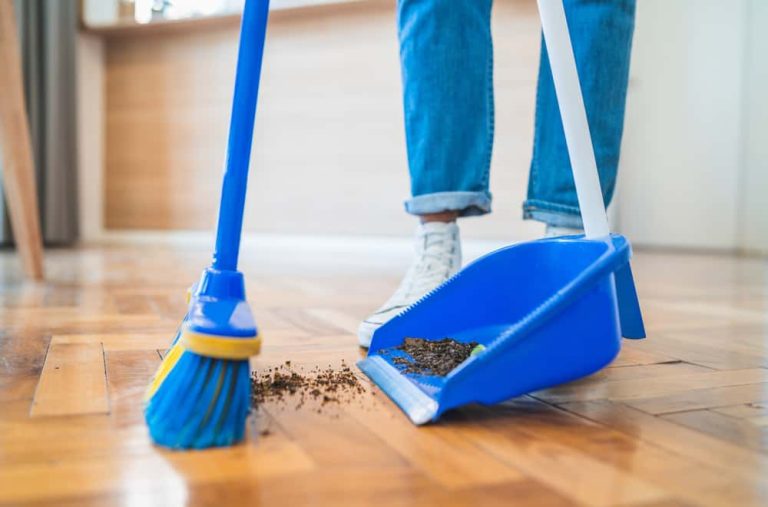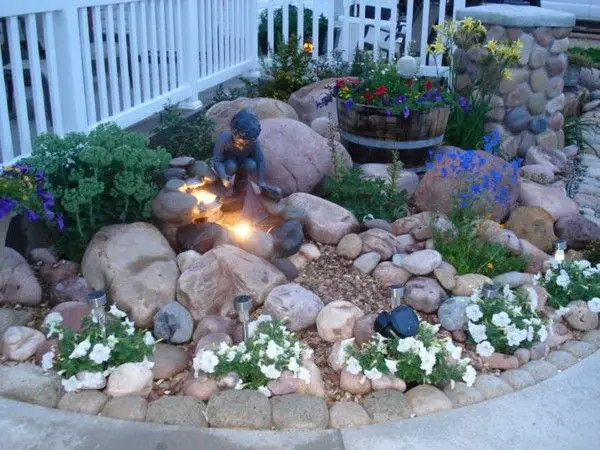PIR insulation is a powerful, versatile form of insulation that has become increasingly popular in recent years. It is made from polyisocyanurate, which is a type of foam made from a combination of plastic and foam. This combination creates insulation with a wide range of benefits, making it an ideal choice for home and commercial insulation projects.
PIR insulation has two main properties that make it an excellent choice for insulation. The first is its high R-value, which measures the insulation’s ability to resist heat flow. PIR insulation has an R-value of up to 6.5, making it one of the most effective insulation materials available. This means that it can effectively block heat from entering or leaving a space, helping to regulate temperatures and conserve energy.
The second property of PIR insulation is its high level of fire resistance. It is classified as a fire-resistant material, meaning that it can help to prevent the spread of fires and reduce the risk of fire-related damage. It also has a low smoke development rating, meaning that it produces less smoke than other insulation materials when exposed to heat or flames. This makes it an ideal choice for buildings and projects that require the highest level of fire protection.
PIR Insulation Benefits
PIR insulation is a great choice for many insulation projects. It is an economical, highly efficient insulation material that offers a wide range of benefits, including:
- Cost-Effectiveness: PIR insulation is a cost-effective insulation solution. It is made from recycled plastic, which reduces its cost by up to 20%, compared to other traditional insulation materials. Additionally, the energy savings associated with using PIR insulation can help offset the cost of installation.
- Durability: PIR insulation is designed to last for decades. It is highly resistant to fire, moisture, and temperature extremes. It also does not settle or compress over time like some other insulation materials.
- Easy Installation: PIR insulation is lightweight and flexible, making it much easier to install than traditional insulation materials. It is also easy to cut and shape, allowing for custom installation in any space.
- Eco-Friendly: PIR insulation is an eco-friendly material that contains no formaldehyde or other toxic chemicals. It is free of VOCs (Volatile Organic Compounds), making it an ideal choice for green building projects.
- Air-Tight Seal: PIR insulation creates an air-tight seal when installed correctly, reducing air infiltration and improving the performance of the insulation. This helps to keep heating and cooling costs down in buildings by reducing drafts and controlling the temperature.
Overall, PIR insulation is a great option for many insulation projects. Its cost-effectiveness, durability, and eco-friendliness make it an ideal choice for a wide range of applications. It also offers improved air tightness, which can help to reduce energy bills.
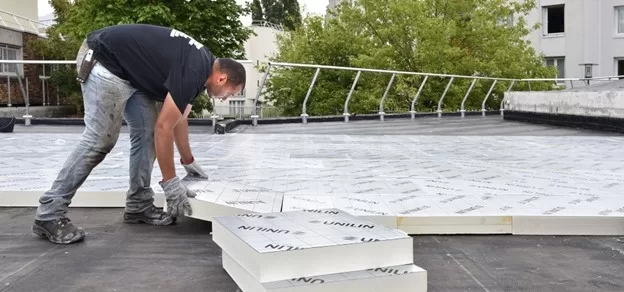
Credit: www.housesumo.com
How Does PIR Insulation Work?
PIR insulation, or Polyisocyanurate insulation, is a type of thermal insulation that has become increasingly popular in the building and construction industry in recent years. The insulation is made up of a closed-cell foam core that is sandwiched between two layers of aluminum foil. This type of insulation offers a number of benefits that make it a great choice for many different applications.
The most appealing aspect of PIR insulation is its ability to provide excellent insulation compared to other materials. This is due to its closed-cell foam core, which helps to reduce heat transfer through conduction. This type of insulation is also highly resistant to moisture, meaning it won’t absorb and retain moisture like other insulation materials, which can lead to mold and mildew growth. Furthermore, PIR insulation is lightweight, easy to install, and able to maintain its insulation properties for a long time.
PIR insulation is typically installed in walls, ceilings, and floors to reduce heat transfer and air leakage. It can also be used on roofs, where it provides excellent protection against the elements and helps to keep your home cool in the summer and warm in the winter. In addition to providing energy efficiency, PIR insulation can also help to reduce noise transfer and provide acoustic insulation.
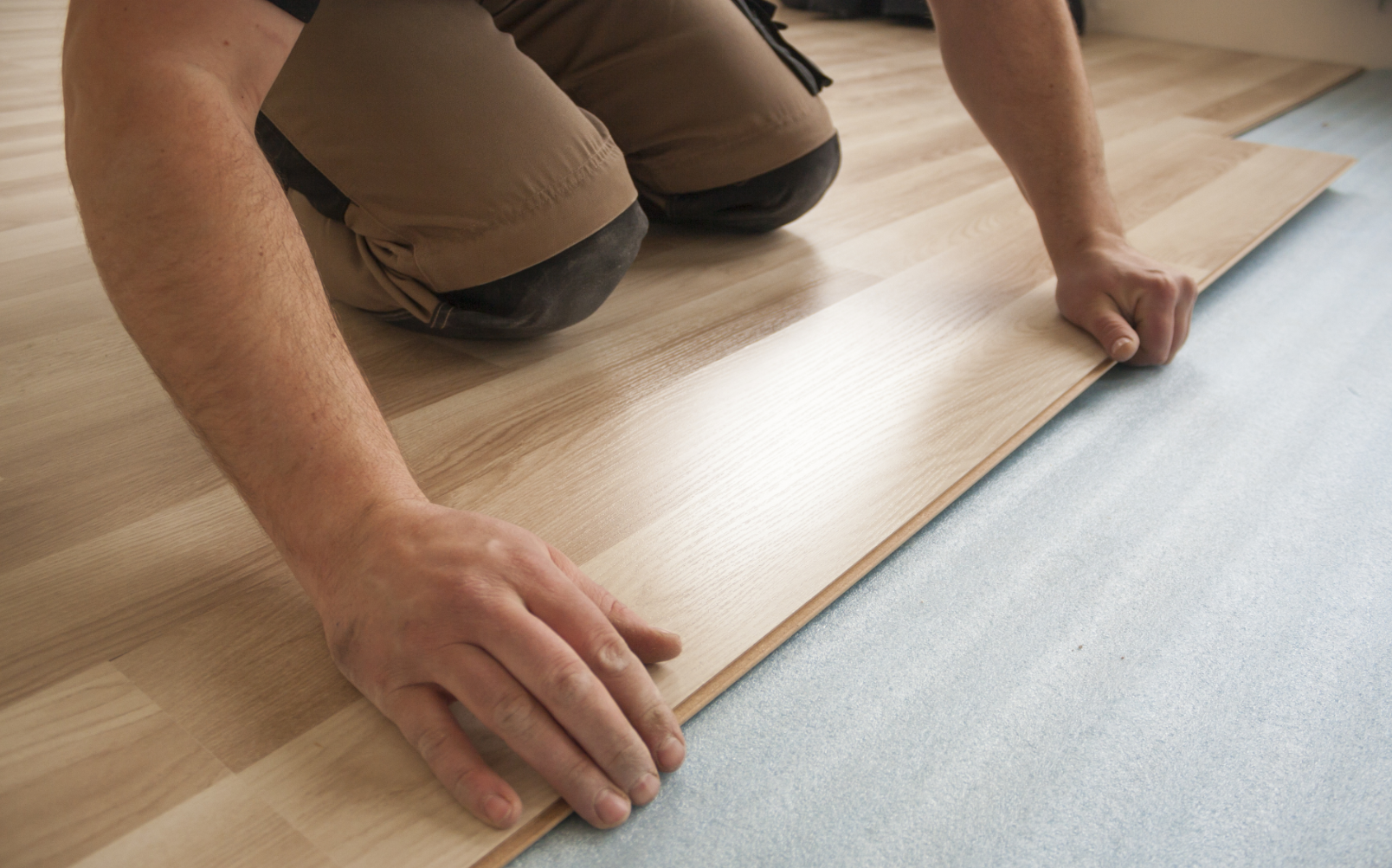
Credit: www.thegreenage.co.uk
PIR Insulation Installation
Installing PIR insulation is a great way to improve the thermal performance of your home, as well as reduce your energy bills. PIR insulation is made from polyisocyanurate foam, which is highly effective at retaining heat and keeping cold air out. It is also one of the most cost-effective insulation materials on the market, making it a great choice for those looking to save money on their energy bills.
Installing PIR insulation is relatively straightforward, and can be done by the average homeowner with some DIY knowledge. Before installation, it’s important to ensure that the area to be insulated is dry, clean, and free of dust and debris. Additionally, you should take into account the local building regulations and install the insulation in accordance with them.
The PIR insulation should be fitted snugly between the joists or rafters, and be cut to fit exactly within the space. Once the insulation is in place, the edges should be taped with insulation tape to ensure air tightness. Additionally, it’s a good idea to place a vapor barrier between the insulation and the living space, such as a plastic sheet.
Conclusion
